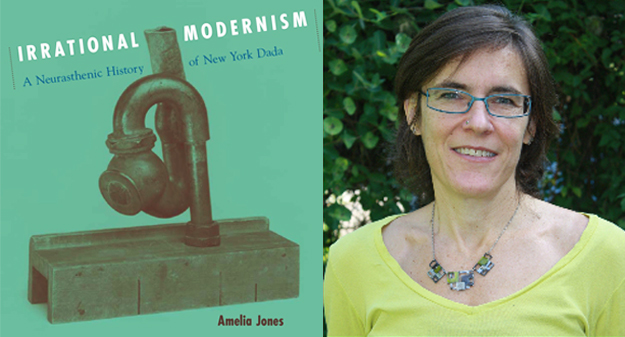“Why should I — proud engineer — be ashamed of my machinery?”
In her poem “The Modest Woman,” published in the modernist literary magazine The Little Review in 1920, the Baroness Elsa von Freytag-Loringhoven derides the prude and celebrates the female body and modern form.


